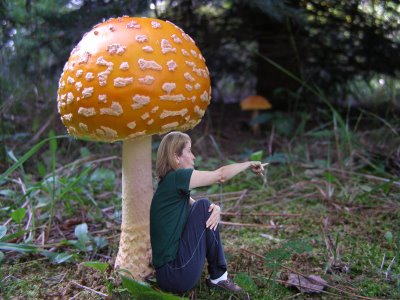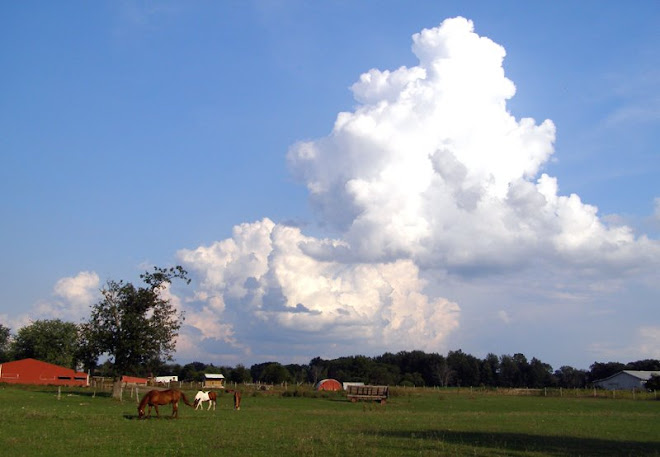When I was an adolescent in my mother’s kitchen, eating ambrosia salad and pork steaks with gravy made from canned mushroom soup, I was surrounded by the latest pop design. We had just moved back to my hometown after living one year in a depressed town up north. I was about to start sixth grade, and my twelfth (or eleventh?) birthday was imminent. When Twiggy cut her hair short, my sister cut mine like hers.
We moved into the house across the street from where I had spent all my years before the move. The house was my dream house: big, old, oak trimmed, and where I’d played with my childhood friend Jimmie. But the kitchen was a disaster of rusted out white cabinets someone had decided were a good idea when they were shiny and new, the same time they slapped white aluminum siding on the outside. So my dad had the kitchen completely gutted and refurbished with wood cabinets and a pretty wood kitchen table for us who were left at home: Mom and Dad, my brother and me, and an array of foreign students mostly from Thailand.
I remember drawing mushrooms between meals at that kitchen table (along with Snoopy flying his bullet-dotted doghouse Sopwith Camel in battle against the evil Red Baron). Some of the mushrooms had polka dots, which I copied from orange, yellow and olive green placemats, napkins, canisters and glasses Mom had bought for the kitchen. I thought they were cute. I thought they were cartoon imaginings. I didn’t know until walking the farm eight years ago where our own magic mushrooms sprouted, that polka dot mushrooms are real. So yeah, you can assume correctly that I wasn’t ingesting anything psychedelic in the 1960s and 70s. I don't plan to grind these into powder any time soon, but sometimes I wonder what it would be like, after reading stuff like this at wiki:
Spiritual and well being
In 2006, the United States government funded a randomized and double-blinded study by Johns Hopkins University, which studied the spiritual effects of psilocybin in particular. That is, they did not use mushrooms specifically (in fact, each individual mushroom piece can vary wildly in psilocybin and psilocin content). The study involved 36 college-educated adults (average age of 46) who had never tried psilocybin nor had a history of drug use, and who had religious or spiritual interests. The participants were closely observed for eight-hour intervals in a laboratory while under the influence of psilocybin mushrooms.
One-third of the participants reported that the experience was the single most spiritually significant moment of their lives and more than two-thirds reported it was among the top five most spiritually significant experiences. Two months after the study, 79% of the participants reported increased well-being or satisfaction; friends, relatives, and associates confirmed this. They also reported anxiety and depression symptoms to be decreased or completely gone.
Despite highly controlled conditions to minimize adverse effects, 22% of subjects (8 of 36) had notable experiences of fear, some with paranoia. The authors, however, reported that all these instances were "readily managed with reassurance."
more this year than ever.
Maybe the heat and extra rain are good for them.







































